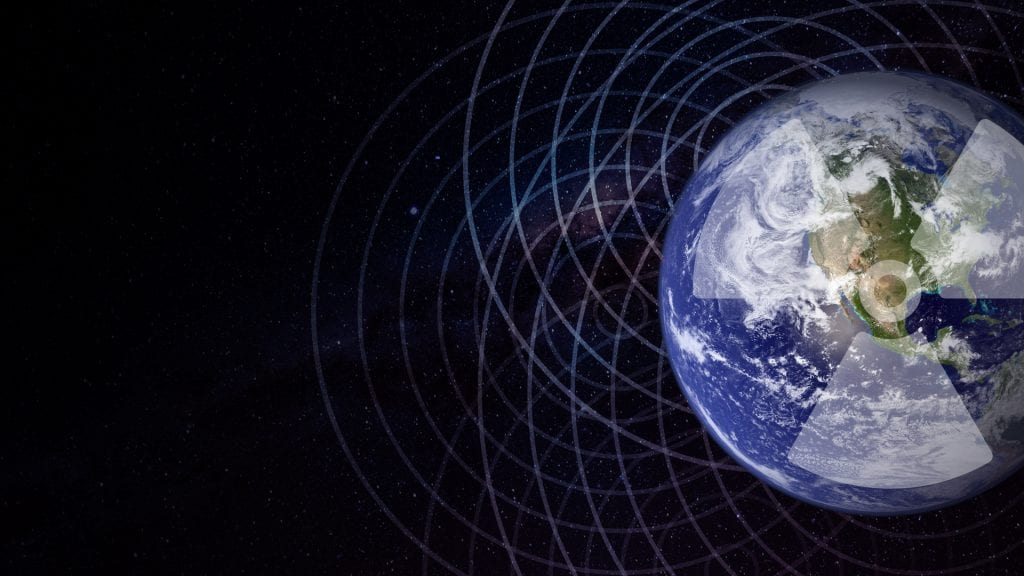
Radiation in the ocean comes from both natural and human-made sources. Naturally occurring radioactive elements have been present in seawater since the formation of Earth. But events like nuclear weapons testing and nuclear power plant accidents have added additional radioactive materials to the marine environment.
A well-known example is the 2011 Fukushima Daiichi nuclear disaster in Japan. After a powerful earthquake and tsunami damaged the power plant, radioactive substances like cesium-137 were released into the Pacific Ocean. Since then, scientists have worked to monitor, study, and explain the effects of this release on ocean ecosystems and human health. Their research helps us better understand how radioactive materials move through and break down in the ocean.
Scientists also investigate areas affected by older sources of contamination, such as the Cold War-era nuclear tests at Bikini Atoll in the Marshall Islands. This work is crucial for long-term monitoring and assessing the health of ocean environments worldwide.
Radiation in seawater is typically measured in becquerels (Bq) per cubic meter. This unit indicates the rate at which radioactive atoms decay. Understanding these measurements helps scientists determine what levels are safe for marine life and for people who depend on the ocean for food and economic activities.
All Topics on Radiation
Fukushima Radiation
On March 11, 2011, a magnitude 9.0 earthquake 80 miles off the northeast coast of Japan triggered a series of tsunamis that struck nearby shorelines and the Fukushima Daiichi nuclear power plant.

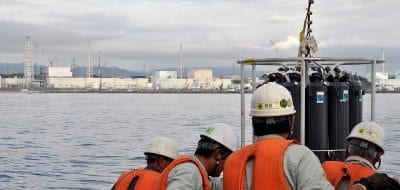
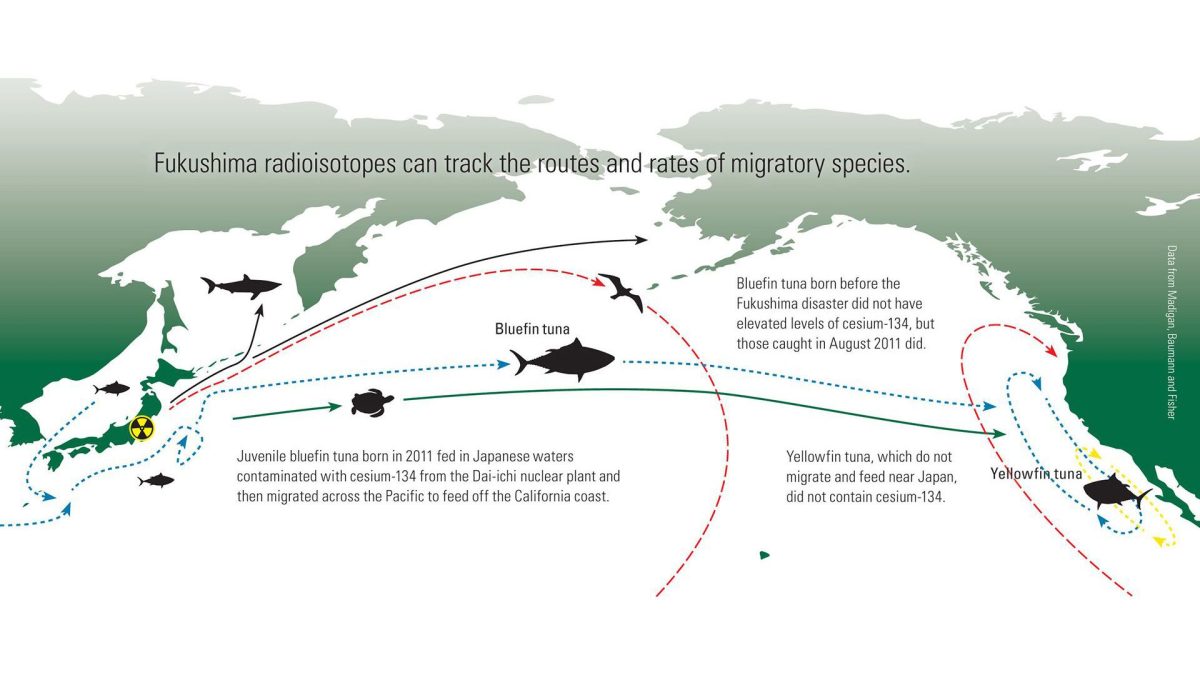
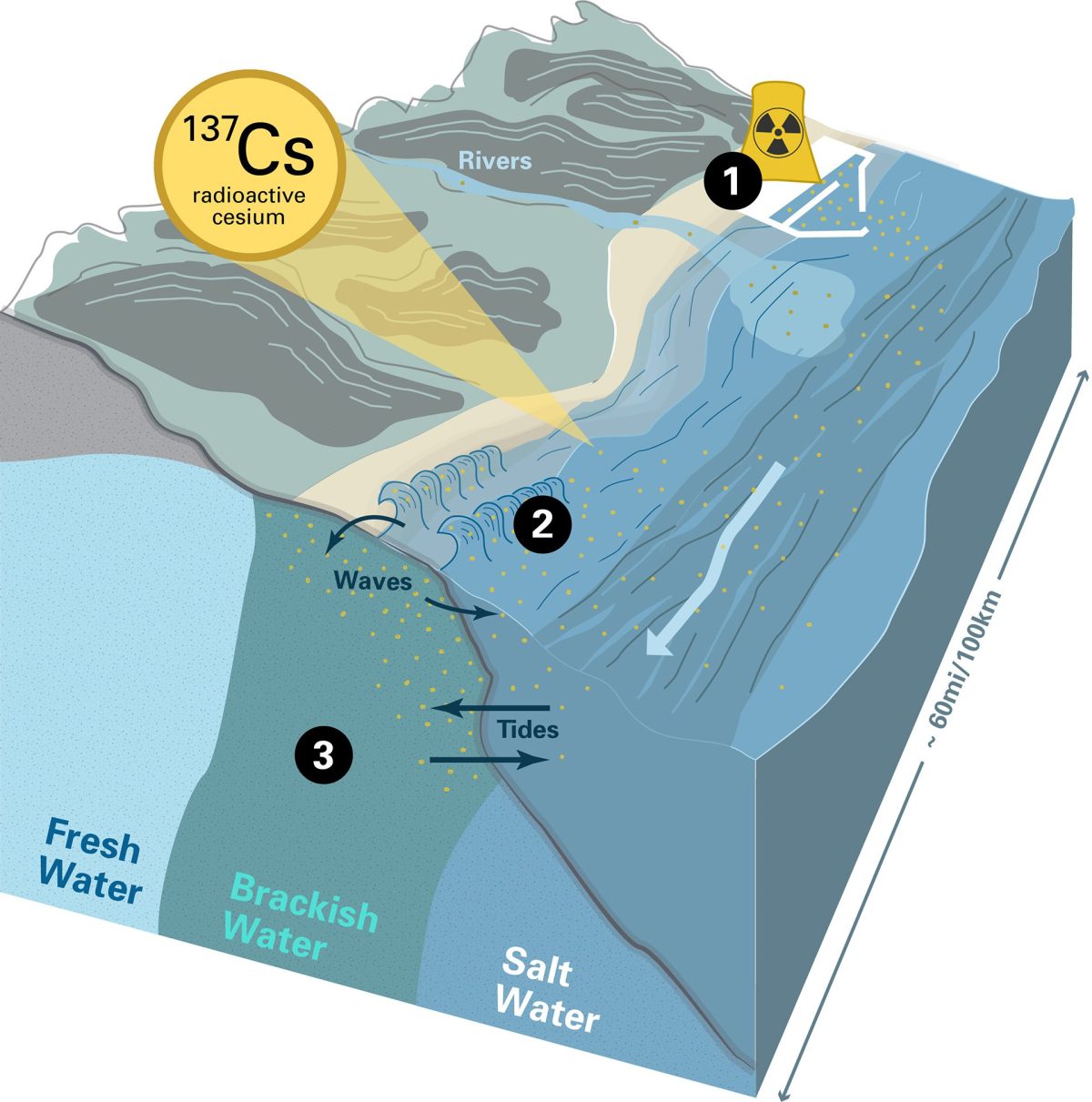
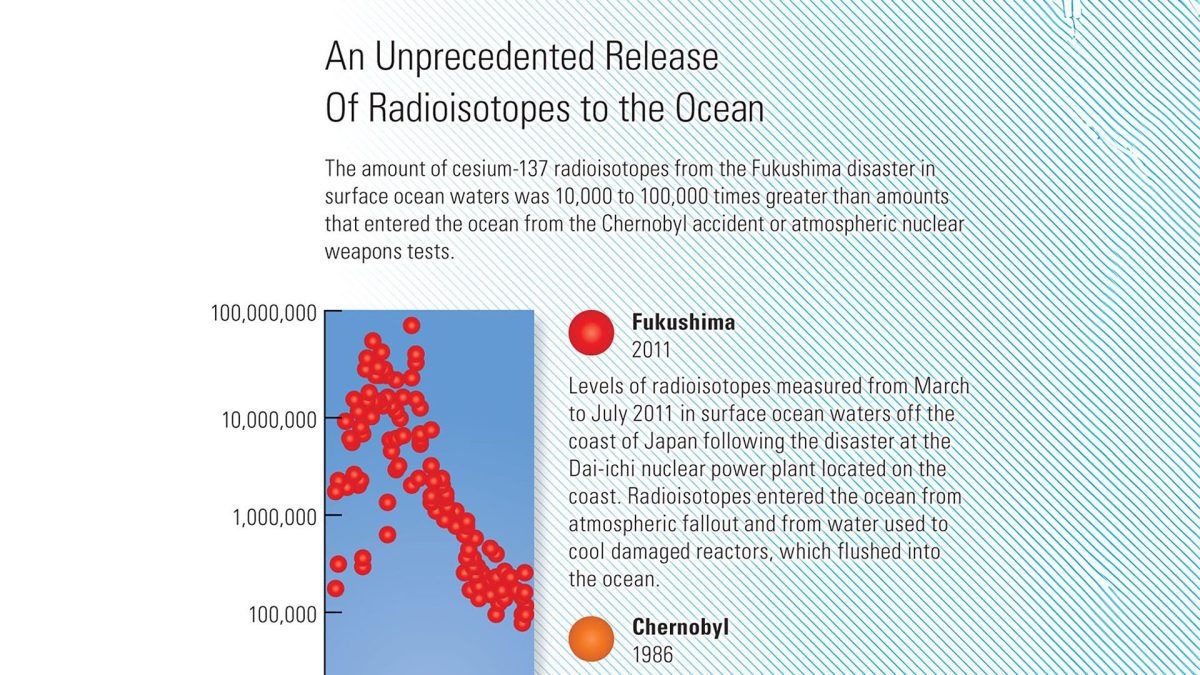
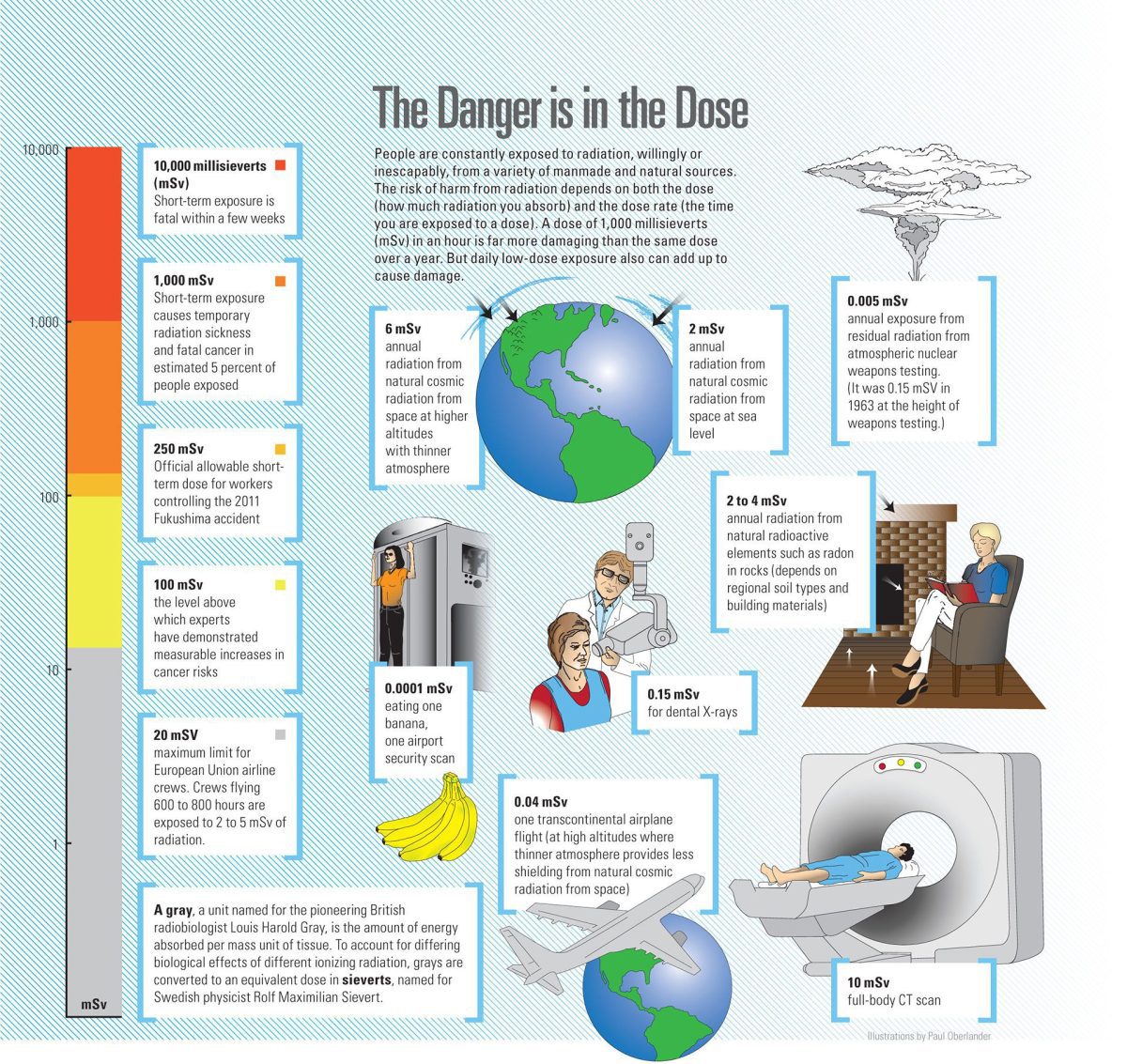
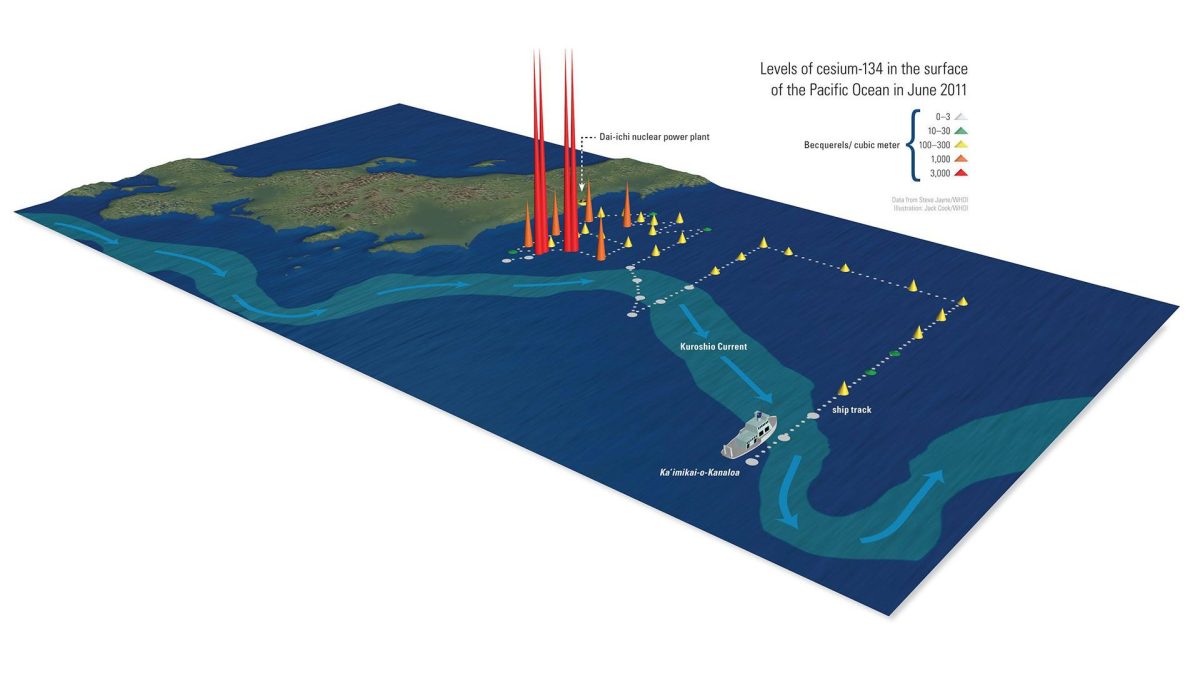
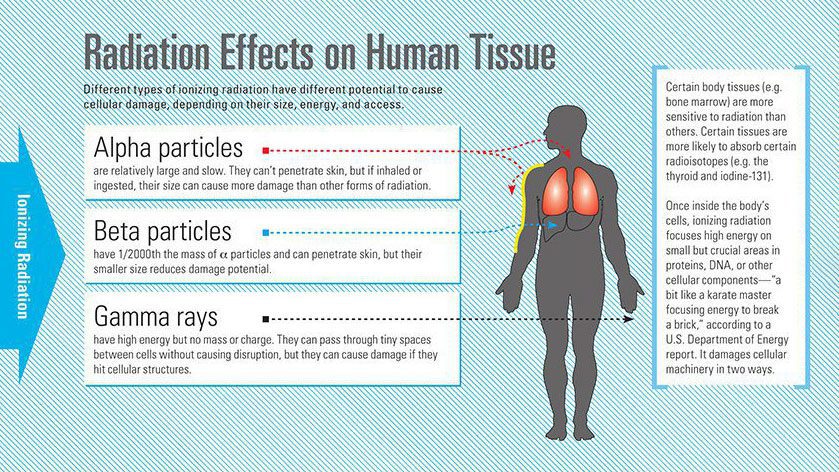
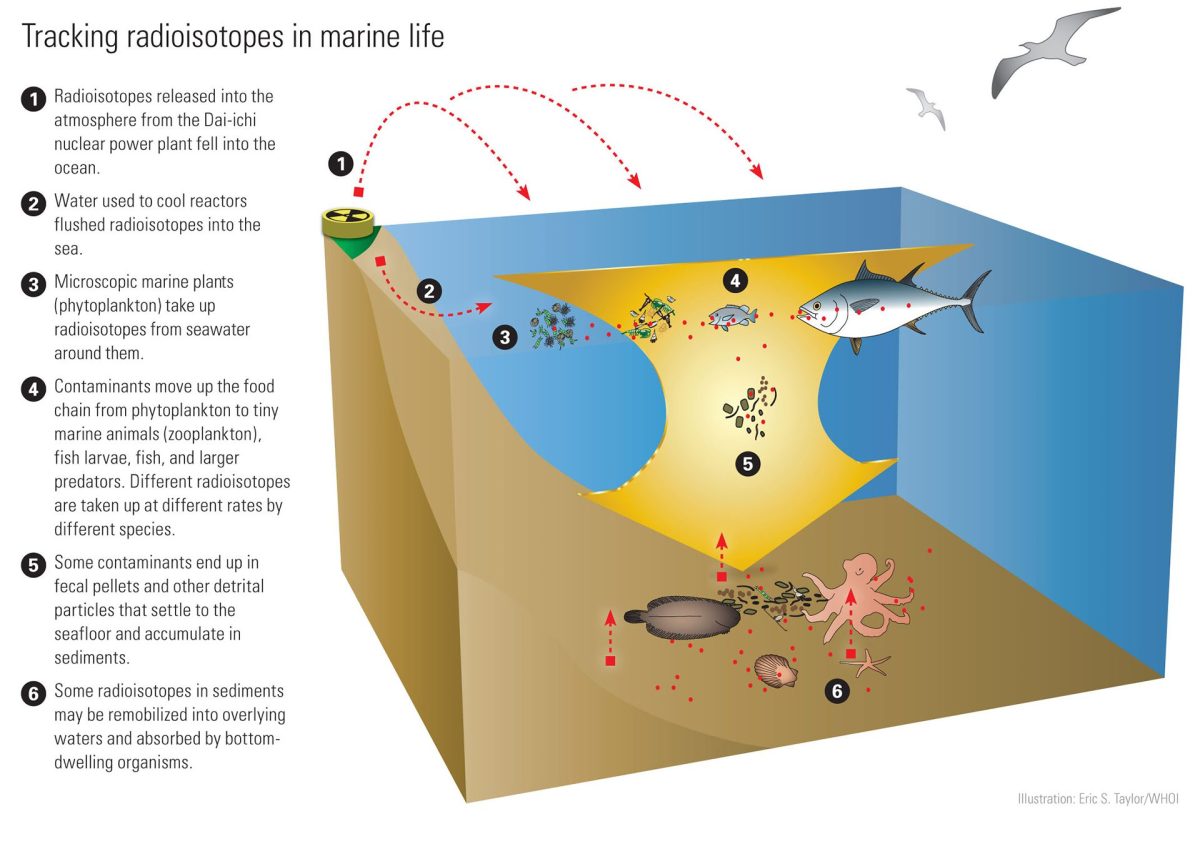
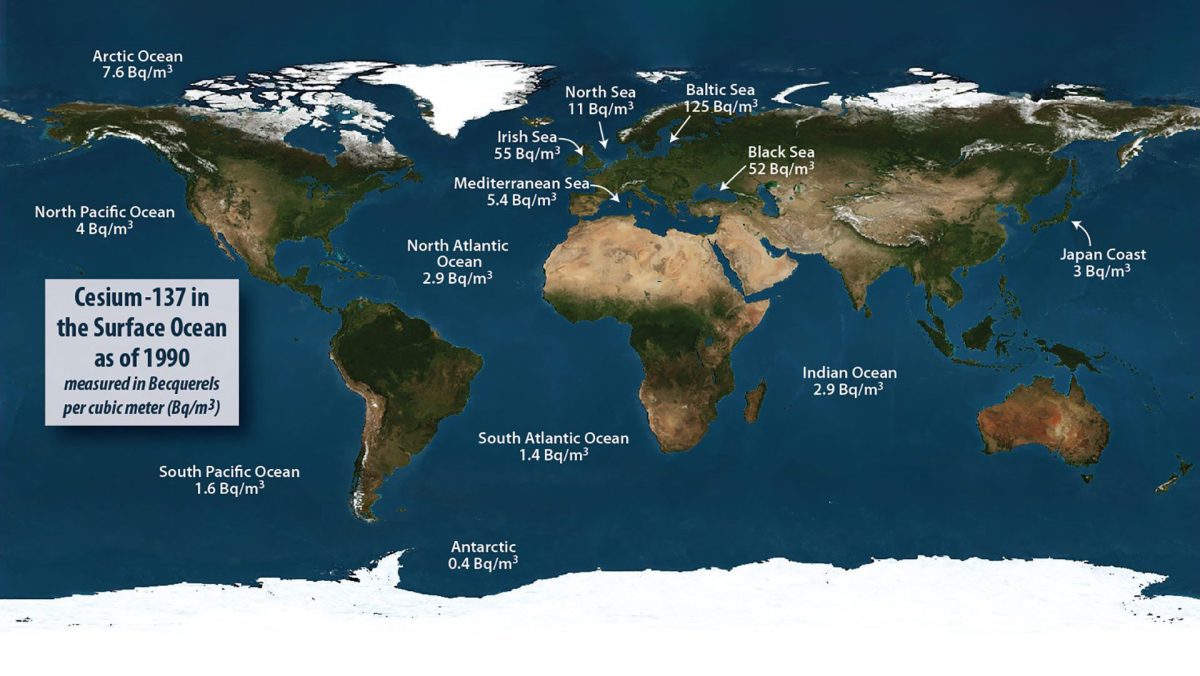
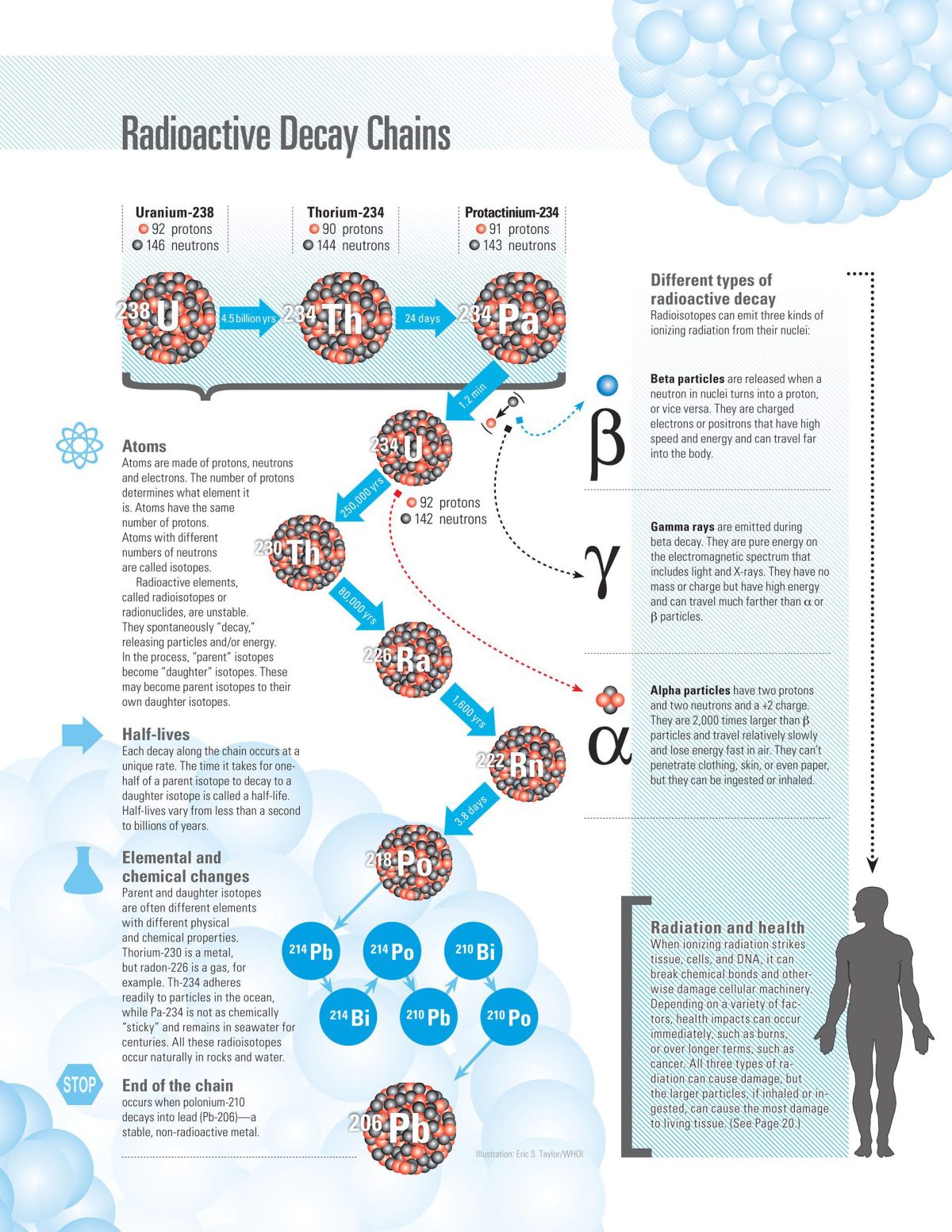
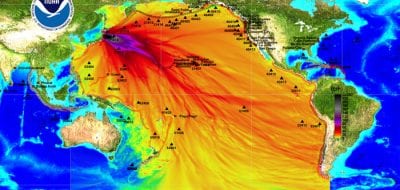
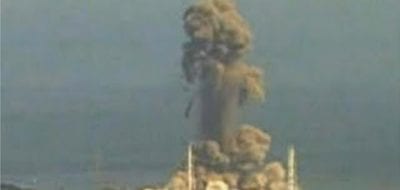
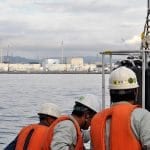 Fukushima Radiation
Fukushima Radiation